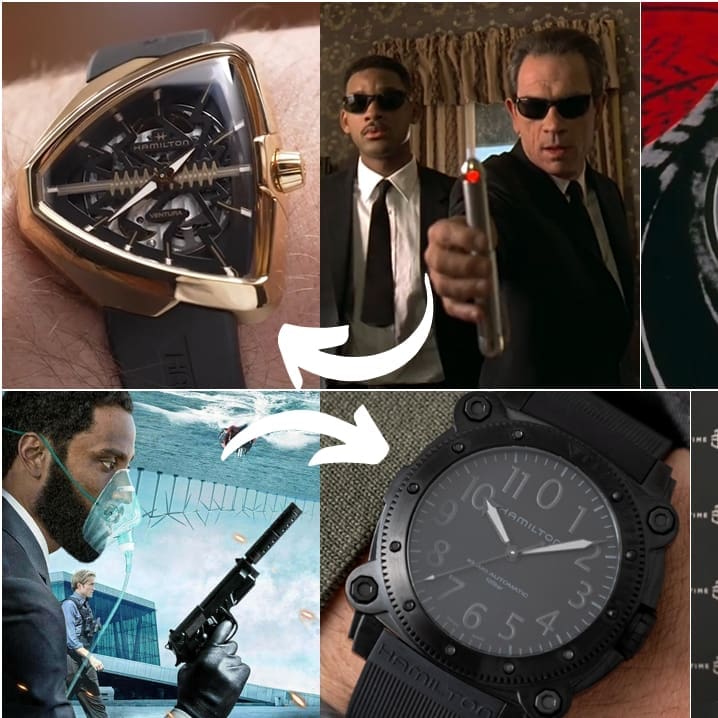VIDEO: How Hamilton developed their quirky side with cameos on the silver screen
Fergus NashLast time, Andrew and Luke took us through the key moments of Hamilton’s history cemented in Hollywood films such as The Frogmen and Interstellar. But, while military-issued watches were a massive part of the brand’s popularisation in the United States especially, the experimental period of Hamilton Electric and Pulsar was really what developed their quirky side.
Technological advancement boomed in the post-war era when companies could start focusing on consumers again, and Hamilton Electric was just one such impressive feat. Using a high frequency oscillation from an electrified crystal, the first Hamilton Electric watches provided a wonderfully smooth-sweeping seconds hand and a cool futuristic hum. This era defies the modern correlation of digital meaning cheap.
A new technology required a new look, and the Hamilton Ventura was created. With it’s blindingly bold looks inspired by the automotive Space-Age of the 1950s, it perfectly suited the wrist of Elvis Presley. Today’s model has gone in both directions of the timestream, modernising the look to suit the style of Men In Black but also including automatic movements.
The next evolution in the 1970s was the Pulsar, which did away with analogue time-telling altogether. The world’s first digital wristwatch was a far cry from the LCD-screen Casios we know today, and it was a luxury afforded to the likes of James Bond.
The LED technology was totally impractical, with a display that had to be activated to check the time in order to save battery life. There weren’t any pushers for adjusting the time either, instead the Pulsar came with a small magnet which you held to the back of the watch to advance the time incrementally. It’s those kinds of quirks which remind you how innovative the brand was for the time, and how something as simple as a button is now taken for granted.








